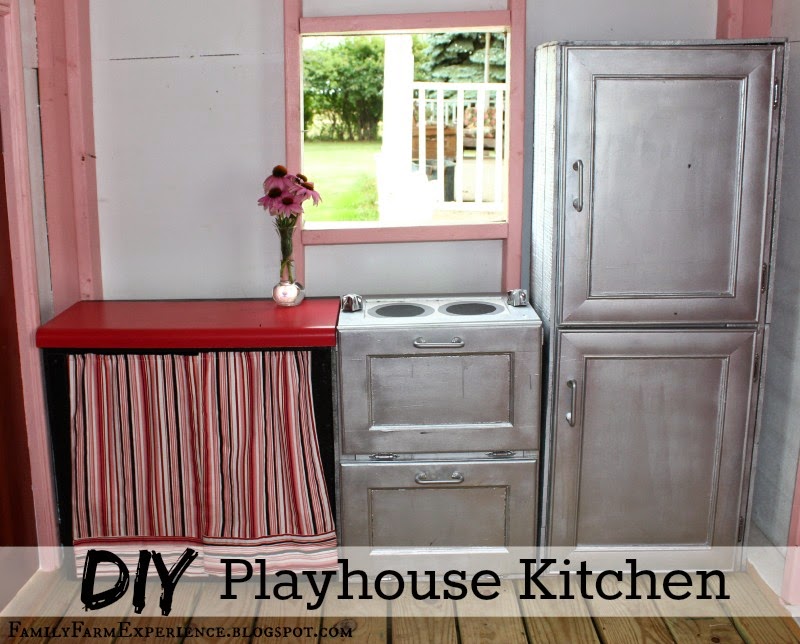All of a sudden harvest 2014 is upon us. Summer seems to have flown by this year and the soybeans have gone from green and lush to harvest worthy in a blink of an eye. The change in season is one of my favorite things of living on the farm. Each season has it's own beauty and excitement that comes with it. Harvest is most definitely one of the most exciting and busy times of the year. Every crop farmer anxiously waits until they can start up the harvester and head out into the field and get that years crop safely into storage. This years soybean crop appears to be average which we are happy for due to the lack of rain we had during the summer months.
As I said harvest is a busy time and requires lots of man hours and some specialized equipment to get the job done. I would like to spend some time introducing you to the main machines that we use during harvest.
The first piece of machinery, and possibly the most important in harvesting, is the combine. A combine collects the grain out of the field. The front part of the combine has an attachment called a head. Combines have different heads for the different types of grain that can be harvested. Currently this combine has on a small grain head which we use for soybean harvesting. As an interesting fact this small grain head is so large, 35 feet across, that it can not fit down the road attached to the combine. Each time we move from one field to another we have to detach the head and put it on a wagon and pull it to the next field. Some small grain heads come as large as 45 feet across. The small grain header consists of a long line of sickles, or knives, that ride low to the ground and cut the plants down. Once the plant is cut down it is brought into the combine by a big rotating reel. Inside the combine the grain is separated from the plant and the grain travels up to the holding tank on the top of the combine and the plant is blown out the back of the machine.
Now it is true that collecting the grain is the most important job of the combine but today's combine does so much more than just harvesting grain. Inside the combine cab there is a whole computer system with a number of monitors which collect all kinds of information about the field and crop. The combine can give the farmer real time data on grain yield and moisture of the grain. The combine is also driven by GPS. You can see the yellow globe on the top of the combine cab, this is the GPS receiver. All this information is integrated and stored in the computer for future use. The computer that is in the combine is the same one that was used in the planter in the spring and the tractor that did the spraying during the summer. This allows us to compile information from planting to harvest to make decisions for next years crops. We can look at things like how many seeds were planted in a portion of the field, how much fertilizer was applied, and how the crop yield was. With this information we can make decisions that will allow us to make the most of every acre we farm. Our goal is to be the best stewards of the land we can be and help it be top production.
From the combine the grain then gets put into a huge grain cart. The grain cart is used to transport the grain from the combine to the trucks that will take the grain to the storage bins or the elevator. We often unload the combine into the grain grain cart while the combine is still harvesting. This saves on time because the combine doesn't have to stop. It takes good communication between the two drivers and lots of practice. It is made easier by the fact that the combine is driven with GPS so it will go nice and straight at a constant speed. There are still many things the grain cart driver has to watch to make sure everything goes smoothly.
Once the grain cart is full it is driven to where the semi is waiting. Or grain cart is large enough to hold a full semi load of grain. The grain cart has a scale system that tells the driver how much grain is in the wagon and when it is full enough.
The grain cart driver unloads the wagon into the semi. This is also a job that takes some skill. With the large auger on this wagon it doesn't take long to fill up the semi and then off the semi goes to unload into the grain bin or elevator. Since we live close to town and most of our fields are close to our farm site we are able to transfer the harvest with one semi and grain cart. This does mean that they are always moving and there isn't much down timeOn our farm this is a system that works well for us. Every farmer has a slightly different way of harvesting depending on how much help they have and what resources are available to them. I would say that these three pieces of equipment of something similar are very common to see in the fields at harvest time. So the next time you are driving in the country during harvest and see some machines in the fields you can know what they are and what there job is.
Luke is my constant companion these days and he loves watching the big machines as they work. So cute.



































